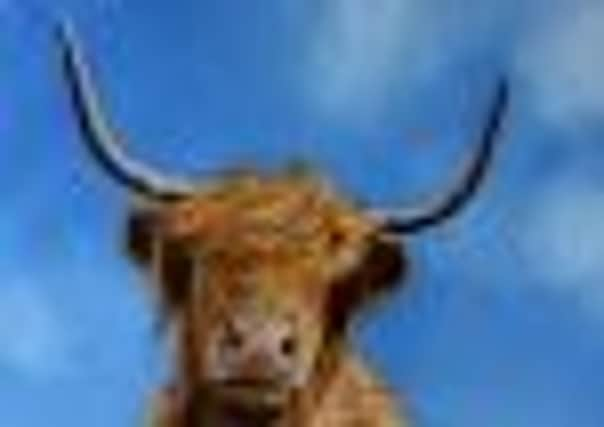Wild World with Ben Waddams: From the Scottish Highlands to Wendover


BLESSED as we are with the animals around us here in Bucks, there are times when, to get one’s inspiration, one must travel slightly further afield.
A few years ago I took a family holiday on the beautiful Scottish Isle of Mull. Mull is a naturalist’s (not to mention, whisky-drinker’s) paradise.
Advertisement
Hide AdAdvertisement
Hide AdOn land there are deer, otters, seals and sea eagles and just a short boat trip away await dolphins, whales, porpoises and sharks.
However, there is one creature in particular that is indelibly etched into my mind alongside the word ‘Scotland’.
On one surprisingly midge-free evening, I strolled down from our lodging in the north of the island to do a spot of sketching.
It being late July there was plenty of birdlife around and I knew that if I walked all the way down to the kelp-encrusted rocks that fringed the seashore, I would likely find the otter family we had watched with bated breath, the night before.
Advertisement
Hide AdAdvertisement
Hide AdBut something in the field caught my eye. It was an unwelcome guest.
Not animal, but plant. A ragwort.
Ragwort is a very poisonous weed.
Inside its cells, the leaves and stalks contain a highly toxic form of cyanide.
This deadly contaminant means the plant is a dangerous pest in any agricultural field you care to mention and for the naïve young horse or cow that eats it, the results are very often fatal.
Ragwort is not only toxic but obnoxious and stubborn, too.
I have spent many an hour working to rid a farmer’s field of this organism and because one must pull out the long root, too, it can be a backbreaking exercise.
Advertisement
Hide AdAdvertisement
Hide AdHowever, it was not actually the bright yellow flowers of the weed that attracted me to it, but what lay on them. Dazzling orange and black caterpillars littered the head of the ragwort. They were steadily munching through the upper leaves of the plant and, from what I could see, were weakening it severely.
As I sketched, I grew more and more fascinated.
Before long an equally attractive black and red butterfly flew onto the plant and then left (I later discovered that this was a Cinnabar Moth and the parent of the caterpillars).
So consumed was I by this wonderful array of colours and forms, that I neglected to see or hear the looming presence of a large creature behind me.
I was alerted to its existence only when it emitted a long, low chuff-chuff, like some far off steam locomotive.
Advertisement
Hide AdAdvertisement
Hide AdI turned to see the most enormous cow with a vast spread of horns.
Its coat was thick, shaggy and long and it appeared to have no way of seeing through its self-manifested fringe of impenetrable auburn hair.
It was the first highland cow I had seen up close and what a beast it was.
Thankfully it had left the ragwort to the Cinnabar Moths and was content with its diet of grass. I sketched him, too, and then returned up the hill to tea and haggis.
Advertisement
Hide AdAdvertisement
Hide AdReturning to Wendover I chuckled to myself when I drove down the A404 past Amersham and read ‘Highland Cattle For Sale’ on a large sign I had neglected to see before my trip.
Taking the dog for a walk in the fields the next day, I passed several ragwort plants, crammed full of Cinnabar Caterpillars.
Still, I haven’t found a whale or a porpoise here yet, so it obviously wasn’t a completely wasted trip!
> See Ben’s new selection of original cow paintings on his website. All are for sale and can be viewed at: www.waddams.webs.com